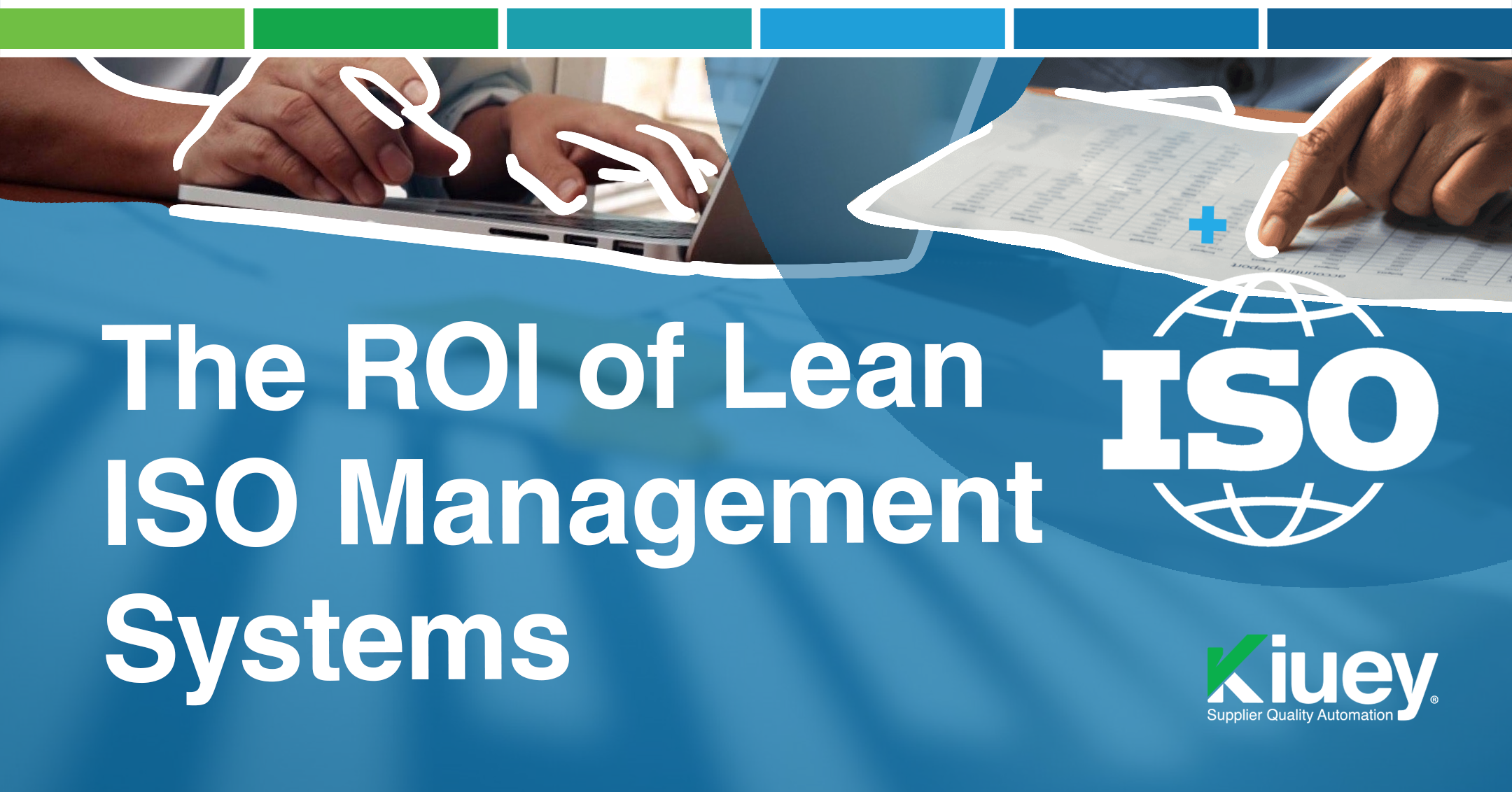The ROI of Lean ISO Management Systems
In today’s competitive landscape, operational efficiency is paramount. While organizations often focus on optimizing production processes, a significant source of untapped potential lies within their documentation management systems, particularly those governing ISO standards. This article explores the substantial, yet often overlooked, financial impact of inefficient documentation and demonstrates how a Lean approach can unlock significant savings.
Understanding the effect of poor ISO Management
The cost of poor quality, encompassing both direct and indirect expenses, is a well-documented phenomenon in manufacturing. However, the financial burden associated with suboptimal documentation within ISO management systems frequently remains hidden.
Similar to the “iceberg” model of cost analysis, the readily apparent expenses, such as document development, processing, review, approval, and rework, represent only a fraction of the total cost. Beneath the surface lie less visible, yet equally impactful, costs: diminished employee morale due to cumbersome documentation, increased lead times from rework, redundant data entry, expedited release expenses, and the cost of withdrawing deficient procedures.
These hidden costs, primarily driven by wasted time and effort, significantly contribute to operational inefficiencies.
Where to start for an optimal ISO Management
One area where the benefits of Lean documentation become particularly evident is training. Consider a mid-sized organization with approximately 500 employees. Industry benchmarks suggest that employees in such organizations dedicate an average of 50 hours annually to training. This translates to a substantial investment in employee time. Assuming an average employee productivity value of $65 per hour, the total cost of training time for this organization reaches a staggering $1.6 million annually.
A significant portion of this training time is typically dedicated to familiarizing employees with management system procedures. Even conservatively estimating that half of the total training time is spent on these procedures, the annual cost associated with procedure training alone amounts to $800,000.
Enter Lean
This is where the power of Lean documentation comes into play. By implementing Lean principles and streamlining documentation, organizations can significantly reduce the volume of their documents. A 50% reduction in document length, achievable through concise language, elimination of redundancy, and a focus on essential information, translates directly into a 50% reduction in training time for those documents. In the example above, this translates to a savings of $400,000 annually.
This hypothetical scenario illustrates the potential for substantial cost savings through Lean documentation. While the specific figures will vary depending on industry, organization size, and training intensity, the underlying principle remains consistent: Lean documentation practices can generate significant financial benefits.
A conservative estimate suggests potential savings of at least $1,000 per employee annually on training related to management system procedures. For a 100-employee company, this equates to $100,000 in savings; for a 200-employee company, the savings double to $200,000, and so on.
Brief conclusion
In conclusion, the implementation of Lean principles in documentation management offers a significant opportunity for organizations to enhance efficiency, reduce costs, and improve overall operational performance. By focusing on concise, accessible, and user-friendly documentation, organizations can unlock substantial savings in training costs, improve employee morale, and streamline processes.
The adoption of Lean documentation practices is not merely a best practice; it is a strategic imperative for organizations seeking to maximize their resources and maintain a competitive edge.





